This will be the second article of the series showing you the top historical photographs of all time. For the first article click here.
8. Earthrise, 1968
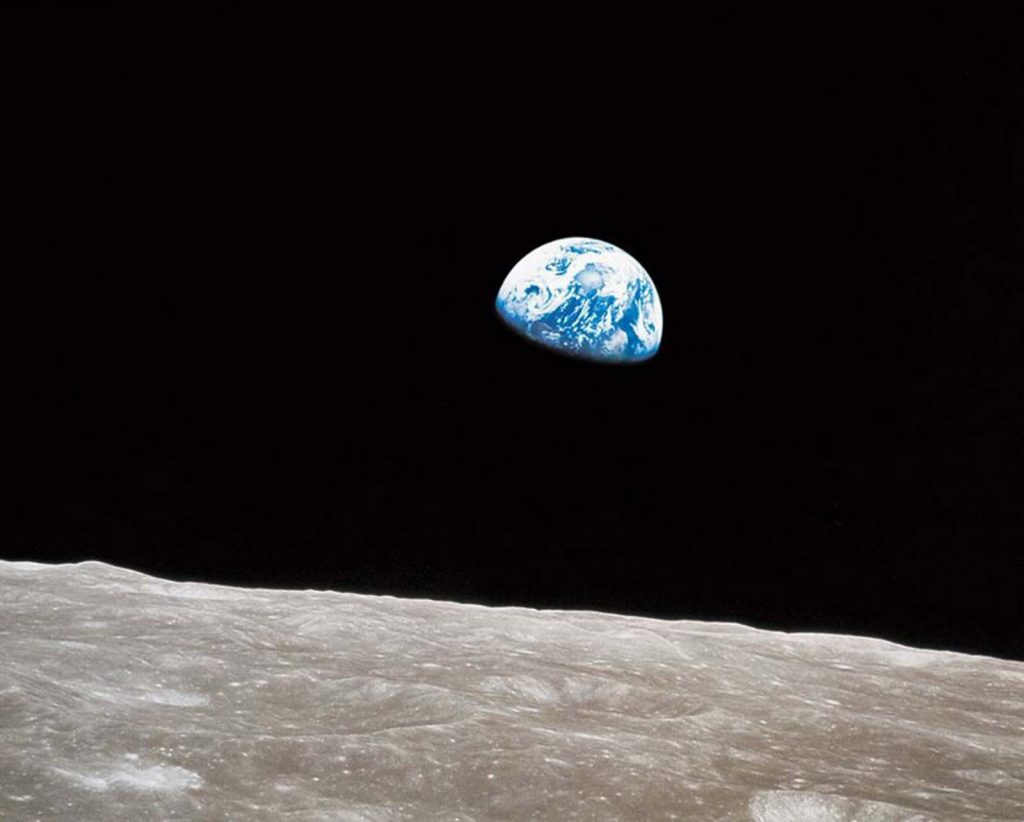
Earthrise is a photograph of Earth and some of the Moon’s surface that was taken from lunar orbit by astronaut William Anders on December 24, 1968, during the Apollo 8 mission. Anders’ color image had been preceded by a crude black-and-white 1966 raster image taken by the Lunar Orbiter 1 robotic probe, the first American spacecraft to orbit the Moon.
9. Mushroom Cloud Over Nagasaki, 1945
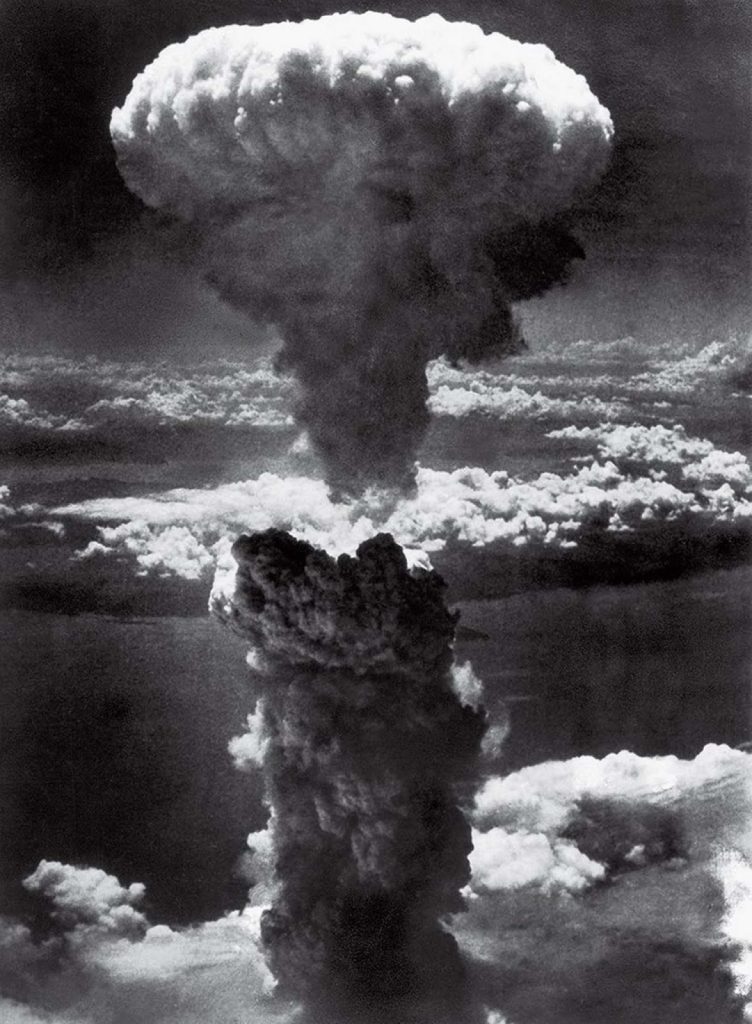
The photograph, taken on August 9th, 1945, shows a 45,000-foot-tall mushroom cloud erupting over Nagasaki, Japan, in the wake of an atomic bomb. The explosion came just days after the detonation of the world’s first deployed atomic bomb, codenamed “Little Boy,” which was dropped by the U.S. on Hiroshima, killing an estimated 140,000 people. Three days, later, this second atomic bomb (“Fat Man”) claimed the lives of nearly 80,000 people in Nagasaki.
10. V-J Day In Times Square, 1945
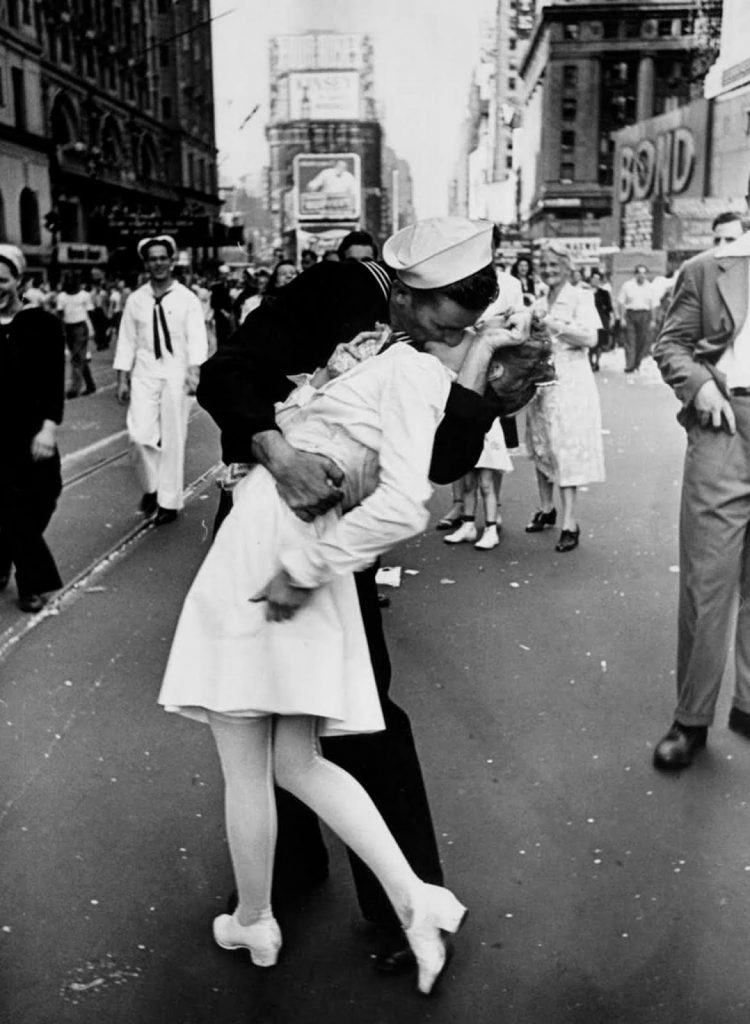
Also known as V-Day and The Kiss is a photograph by Alfred Eisenstaedt that portrays a U.S. Navy sailor embracing and kissing a stranger on Victory over Japan Day (“V-J Day”) in New York City’s Times Square on August 14, 1945. Kissing was a favorite pose encouraged by media photographers of service personnel during the war, but Eisenstaedt was photographing a spontaneous event that occurred in Times Square soon before the announcement of the end of the war with Japan was made by U.S. President Harry S. Truman at seven o’clock.
11. Pillars Of Creation, 1995
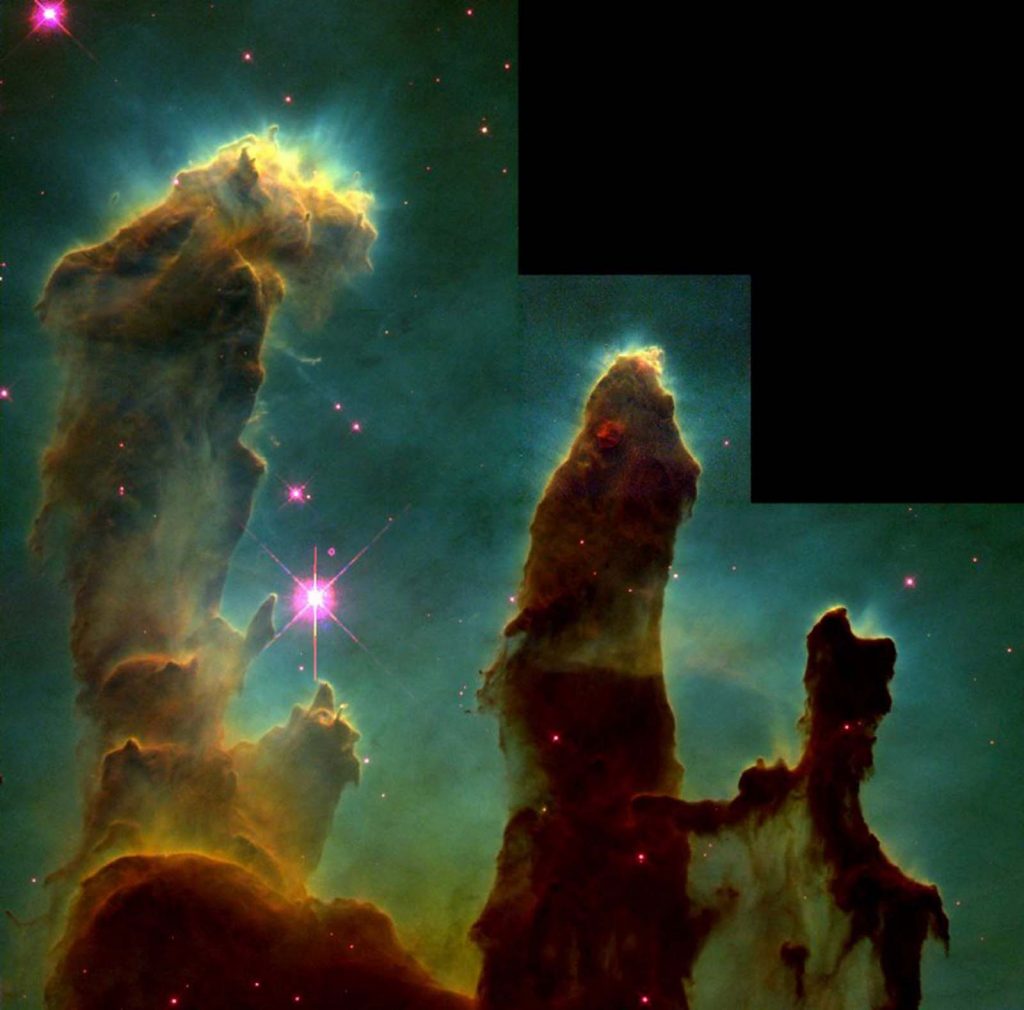
This is a photograph taken by the Hubble Space Telescope of elephant trunks of interstellar gas and dust in the Eagle Nebula, specifically the Serpens constellation, some 6,500–7,000 light-years from Earth. They are so named because the gas and dust are in the process of creating new stars, while also being eroded by the light from nearby stars that have recently formed. The astronomers responsible for the photo were Jeff Hester and Paul Scowen from Arizona State University.
12. Fire Escape Collapse, 1975
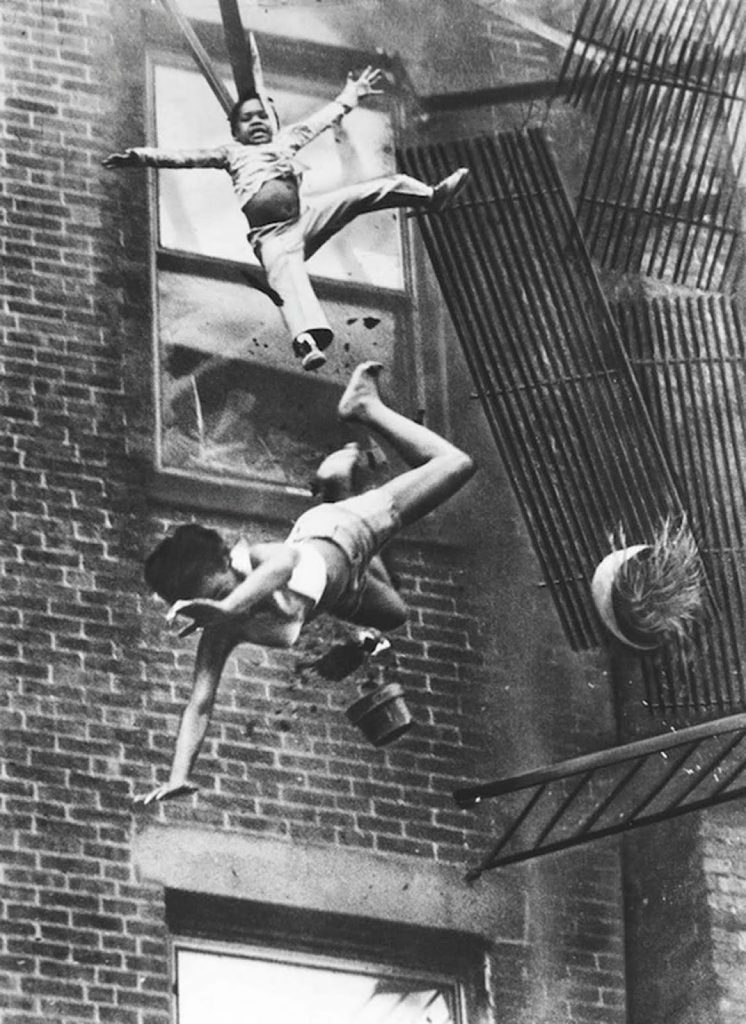
Fire Escape Collapse, also known as Fire on Marlborough Street, is a monochrome photograph by Stanley Forman which received the Pulitzer Prize for Spot News Photography in 1976 and the title of World Press Photo of the Year. The photograph, which is part of a series, shows 19-year-old Diana Bryant and her two-year-old goddaughter Tiare Jones falling from the collapsed fire escape of a burning apartment building on Marlborough Street in Boston on July 22, 1975. The photo circulated in over a hundred newspapers and led to the adoption of new fire escape legislation in the United States.
13. A Man On The Moon, 1969
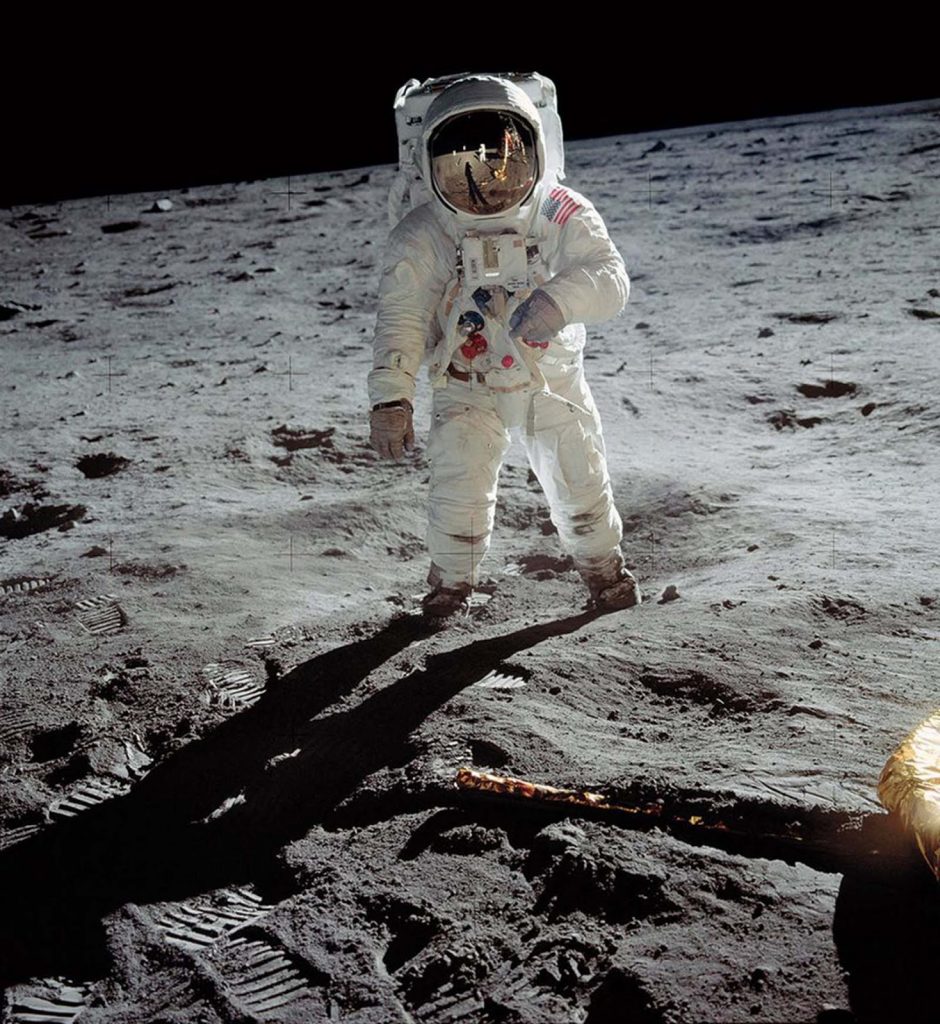
In one of the most famous photographs of the 20th Century, Apollo 11 astronaut Buzz Aldrin walks on the surface of the moon near the leg of the lunar module Eagle. Apollo 11 Commander Neil Armstrong took this photograph with a 70mm lunar surface camera. Armstrong, looking even smaller and more spectral, is reflected in his visor.
14. Albino Boy, Biafra, 1969
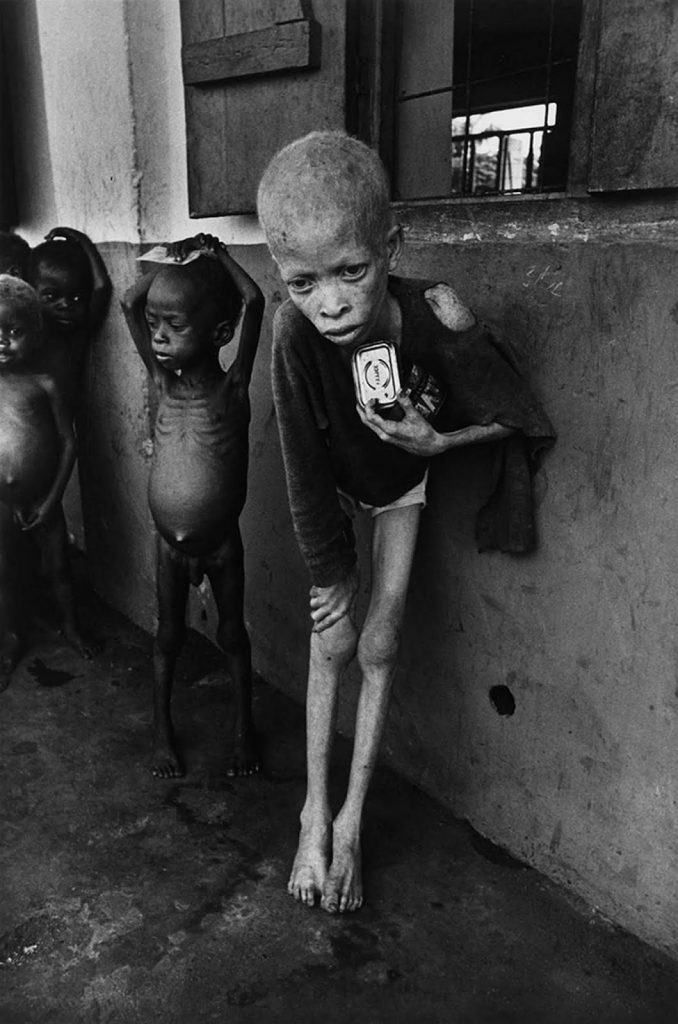
This is a photograph of a young albino Biafra boy, standing apart from his peers, holding a small tin. The children are clearly starving and dramatically underweight. This photograph, taken in 1969 by Don McCullin, had a profound impact on both the international and American populaces, remaining one of the most iconic and powerful images of this century.




![The Top & Most Popular Seafood Bucket Restaurants in Dubai for you [Never Miss]](https://uae24x7.com/wp-content/uploads/2020/09/8-seafood-in-a-bucket-scaled-e1600739237403.jpg)
![Procedures for Renewing the Driving License in Abu Dhabi [3 Simple Steps]](https://uae24x7.com/wp-content/uploads/2020/07/Capture-9-e1595666454466.jpg)





